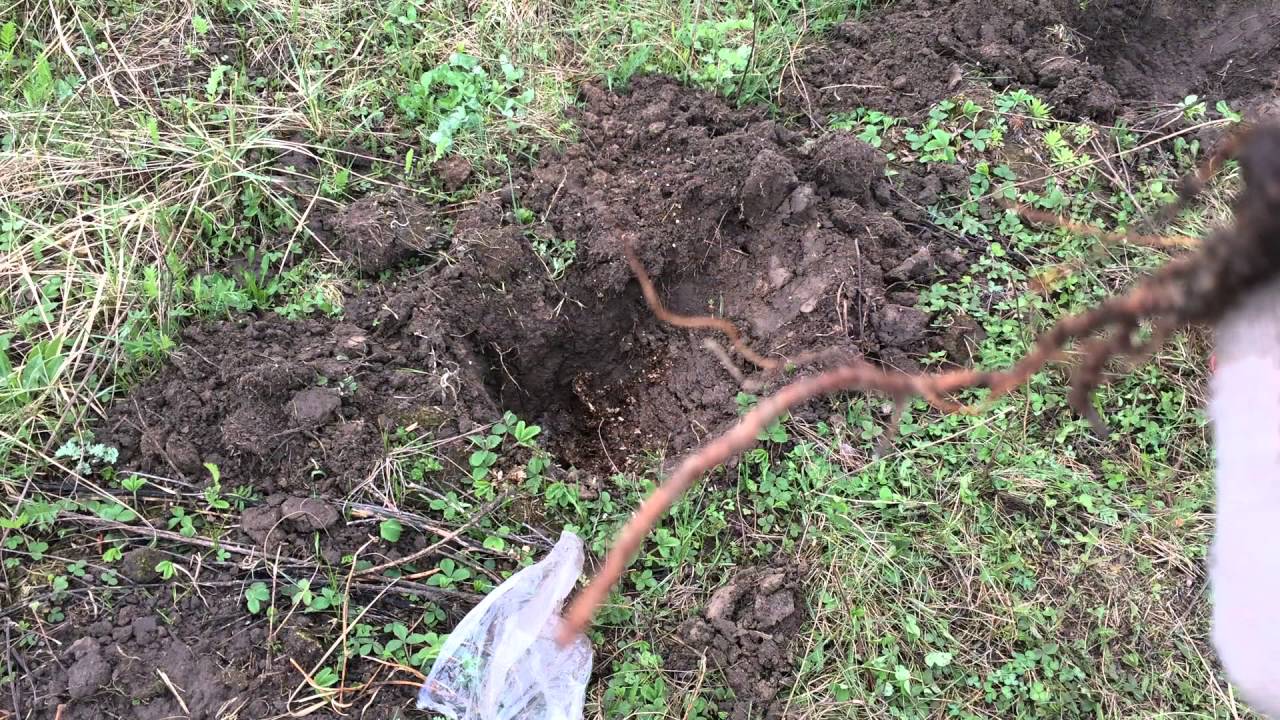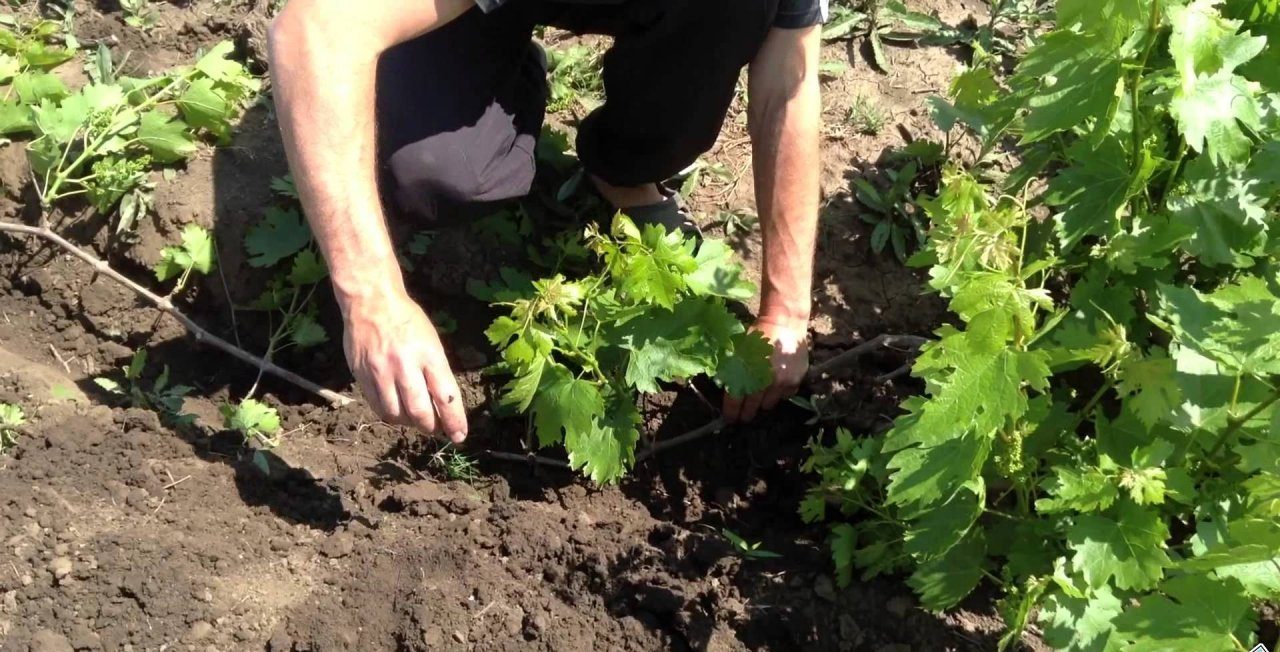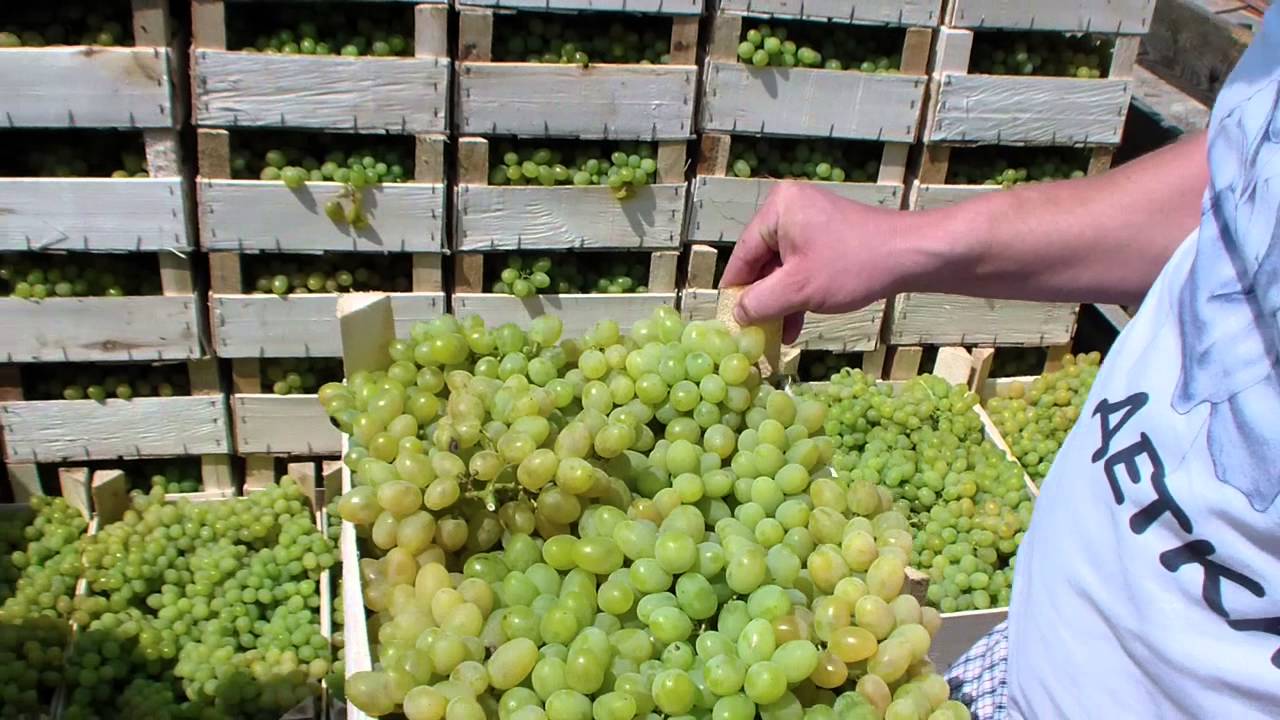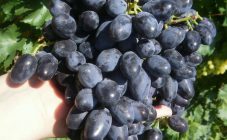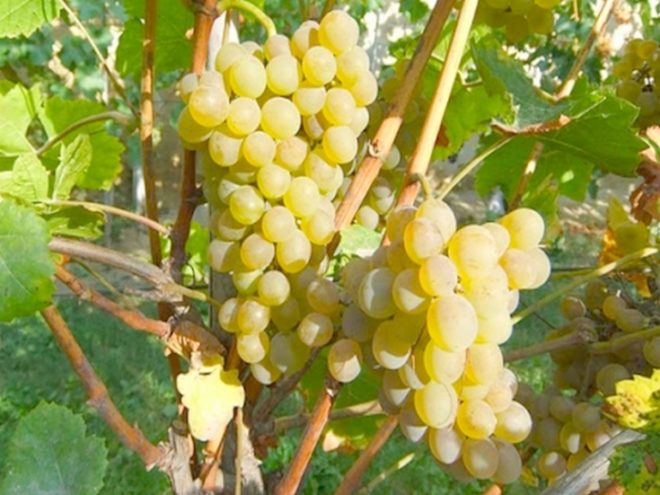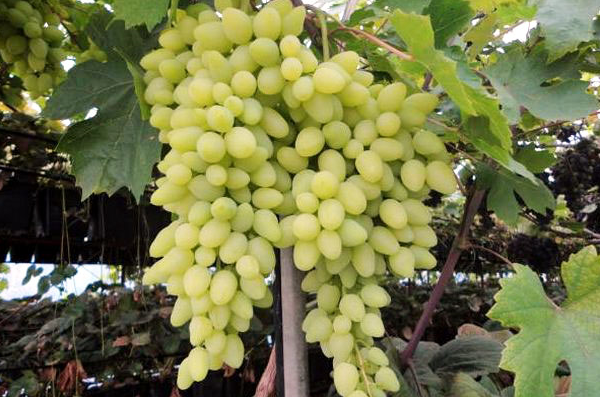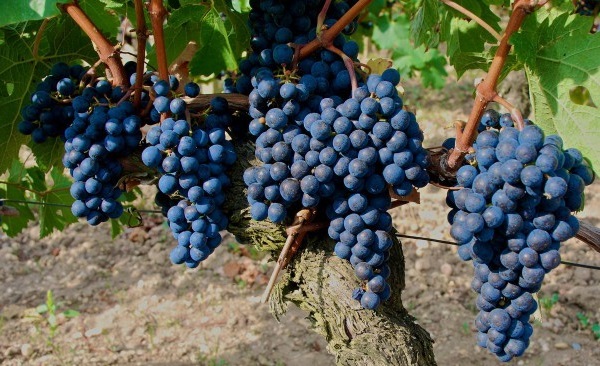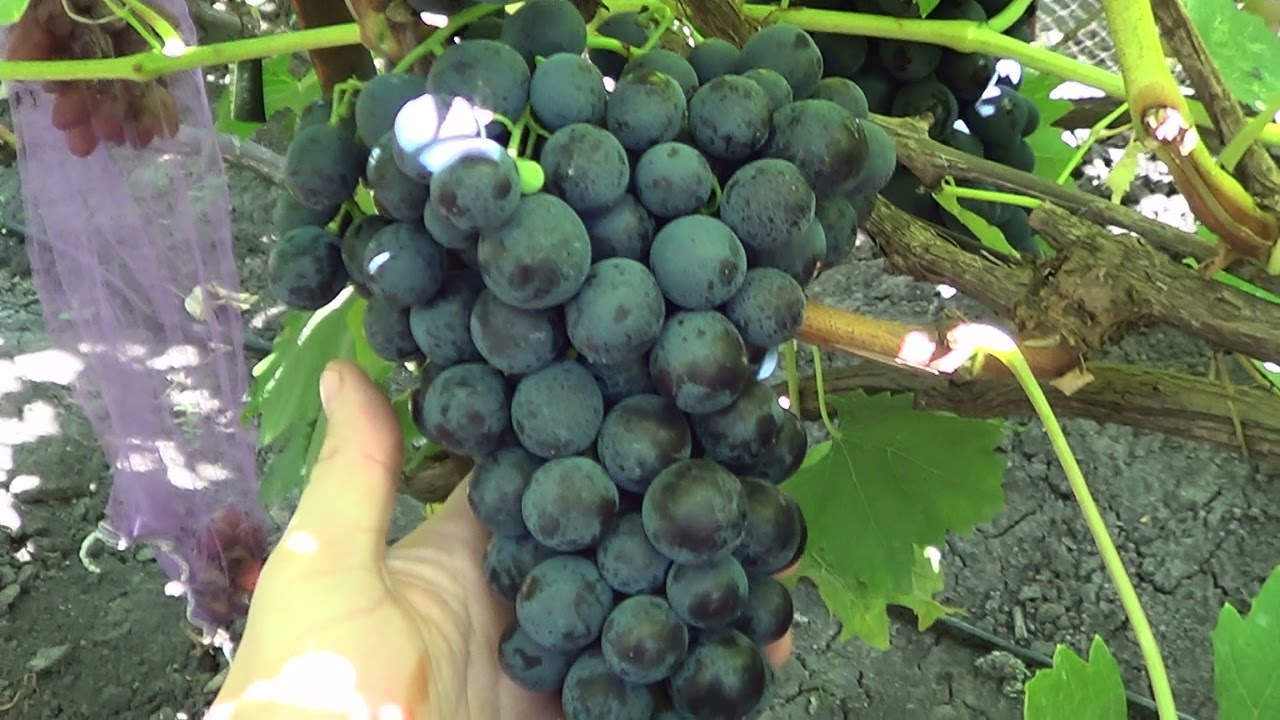Content:
Grape Augustine belongs to table varieties and is an unpretentious plant. It has several different names. The two most common are Phenomenon and Pleven stable. Augustine was born thanks to Bulgarian breeders. At the breeding institute located in Plevna, they carried out work on crossing the varieties Pleven and Vilan Blanc. The result is a grape with excellent properties.
Grape variety Augustine: variety description
Augustine belongs to the early maturing varieties. It is a tall plant with large clusters. The shape of the brush is broadly conical. The weight of one hand can be up to 1 kg. The berries are oblong-oval and amber-yellow in color. The weight of one berry is about 8 g.
Spreading leaves of a rounded shape are colored dark green. They are slightly dissected and have three lobes.
A distinctive feature is high yield. Up to 60 kg can be harvested from one bush. grapes, and from one hectare of vineyard - 12,000 kg.
Taste characteristics
With the optimal amount of moisture, the sugar content in Augustine is 20 percent. The berries are distinguished by a delicate sweet and sour taste. After full ripening, there is a very small amount of rotten berries among the berries. Since the variety has a high juiciness, homemade grape juice is often made from it.
The grapes have excellent frost resistance. It can withstand frosts down to -24 degrees.
Augustine is harvesting a year after planting. With proper care and propagation by cuttings, one bush can safely bear fruit for up to 50 years without replanting.
Features of growing grapes
Planting season.
The high-yielding Augustine grape can be planted in both spring and fall. Still, spring will be the most suitable season for this task, since in this case the grapes get more time to adapt. The warmer months will be conducive to the survival of shrubs, and they will soon bear excellent fruits.
Site selection.
Augustine is an unpretentious plant and germinates in any conditions. It does not require any special soil. But in order for the grapes to bring maximum yields, it is worth choosing the soil and planting place carefully. The best option would be to plant it in an area where enough light enters. The shade will not allow the shrub to bloom well and, accordingly, the berries will not be very sweet. The soil can be selected from black earth or loamy.
Preparing the land for planting.
Soil preparation should begin a few weeks before planting. A hole 80 cm deep must be dug under each shrub. The compost must be displaced with the soil and filled with this mixture (two buckets per hole). Lay a layer of soil on top to protect the shrubs from burns.
Planting seedlings.
Before planting, you need to wait until the prepared hole sags.
You need to plant shrubs at a distance of 1.5 meters from each other. The distance between the rows should be about 3 meters. With this arrangement, the shrubs will be able to develop without interfering with the neighboring bush.
Before planting, the shrub must be inspected for defects. A high-quality seedling has roots without damage, and the cut of the top is greenish. For better adaptation in the soil, the shrub can be placed in water for several days. Next, the seedling must be placed in a hole so that the root collar is above the ground. Also, a support should be driven in nearby, along which the vine will grow. After that, the shrubs can already be watered abundantly.
Shrub care.
For several years after planting Augustine, you only need to feed and loosen the soil around him. Only then it becomes necessary to look after and carry out regular pruning of bushes, thinning of leaves and pinching of shoots. These procedures are carried out in order to evenly distribute the nutrition of the aboveground part of the grapes. If this is not done, the grapes will grow a lot, which will cause insufficient berry sizes.
Fertilizer can be applied once a year, although this is not required.
Watering the grapes.
This grape needs periodic soil moisture. The main developmental stages when it is dependent on water are the flowering and fruit formation phase. But at the same time, stagnant water leads to rotting of the root system. Adult grapes should only be watered during dry periods. The rest of the time, it is completely dispensed with natural moisture.
Diseases and pests.
The fruit grape Augustine is not susceptible to fungal diseases and is resistant to pest attacks. However, every plant has its own enemy. And no matter how strong the immunity of Augustine was, he is also susceptible to attacks by parasites. In this case, it is the Nail Leaflet. The damage can be severe.
A weak solution of sulfur, prepared in a ratio of 30 g of substance to 10 liters of water, will be an excellent protection for shrubs. Spring, when the gardening season is just beginning, is the most suitable time for such treatment. It is worth spraying the plantings in the cool part of the day, when the temperature is less than 20 degrees.
There is no need for the prevention of fungal diseases, as the grapes themselves cope with them. If susceptible clusters and shoots are found, they must be carefully cut off. Spray the plant with a solution of water and soda.
Scheme for sheltering grapes for the winter
- laying cut vines on the ground or in a special trench;
- cover with a film, shoots do not cover it;
- dusting with earth (straw, coniferous branches).
You can remove the shelter only when the snow has completely melted and the temperature is above zero. But it is advisable to carry out this procedure on a day with cool weather.
Propagation of grapes
Varietal grapes Augustine propagated by grafting cuttings onto the stock of a perennial plant. To get started, you need to choose the right materials. Only cuttings with two or three eyes are suitable.
It is necessary to prepare liquid paraffin, lower the upper part of the shoot there. This will help trap moisture. The lower part is incised on both sides and thus is prepared for contact with the maternal branch. Before placing the cuttings on the stock, their lower part is immersed in water with special additives to stimulate growth.
It is recommended to carry out the vaccination procedure as follows:
- make a slight incision in the middle on the rootstock;
- place the handle in the incision and pull it tight;
- if the size of the stock is large, several cuttings must be grafted;
- apply clay to the inoculation site.
Pros and cons of the variety
Augustine has many positive characteristics. Among them are:
- self-pollination even in bad weather;
- high productivity;
- frost resistance;
- resistance to fungal diseases;
- early maturation;
- long life of ripe berries on the bush (2 weeks);
- good transportability;
- beautiful appearance;
- great taste.
With all the positive properties, we must not forget about the disadvantages. For instance:
- prolonged rains can cause the berries to crack and rot;
- shedding of the crop when overexposed on the bushes;
- the presence of large seeds in the berries.
Reliability, unpretentiousness and high yield are the hallmark of the Augustine variety. And thanks to its sweet taste and attractive appearance, it becomes a favorite grape variety of many gardeners.

